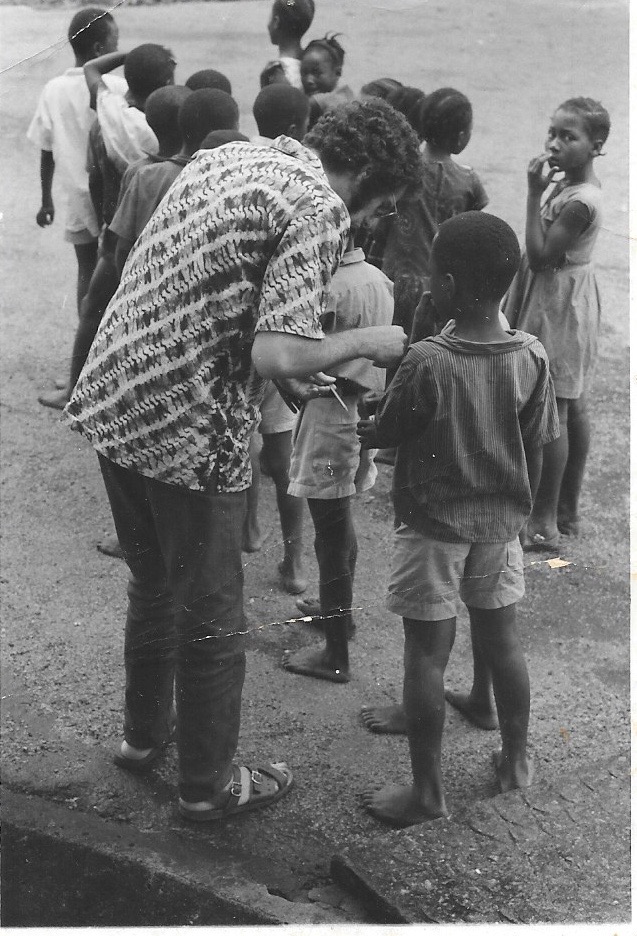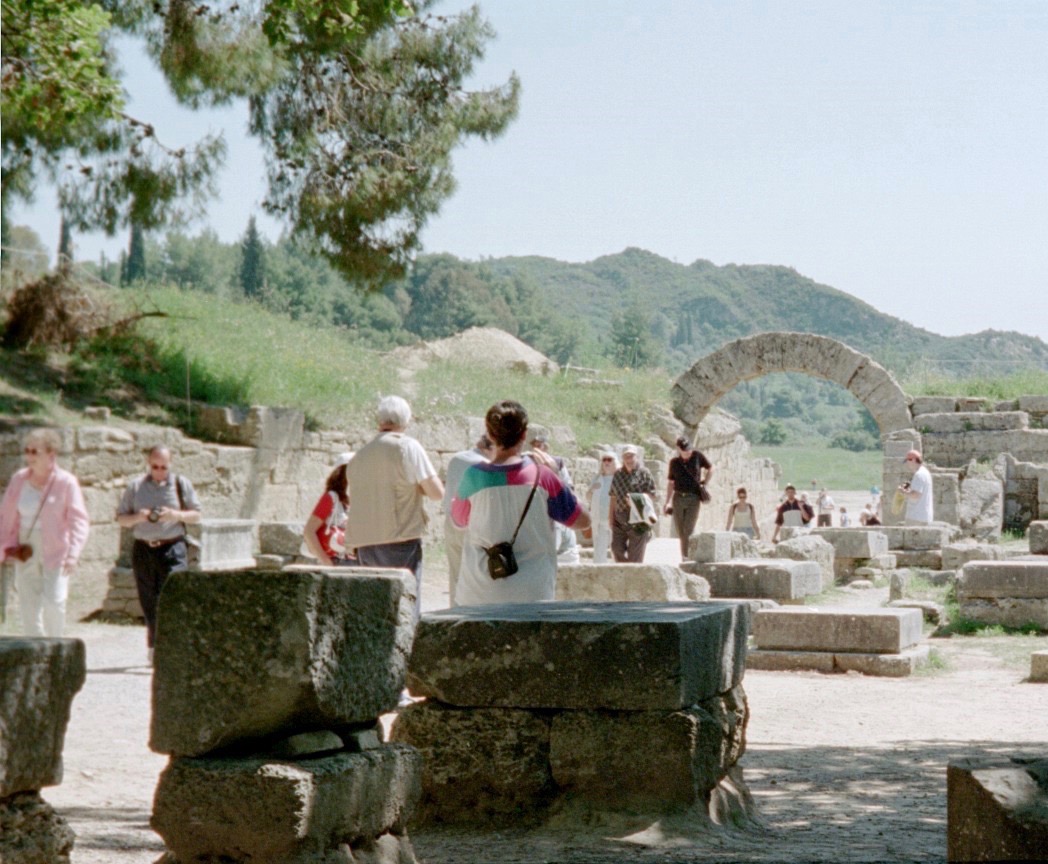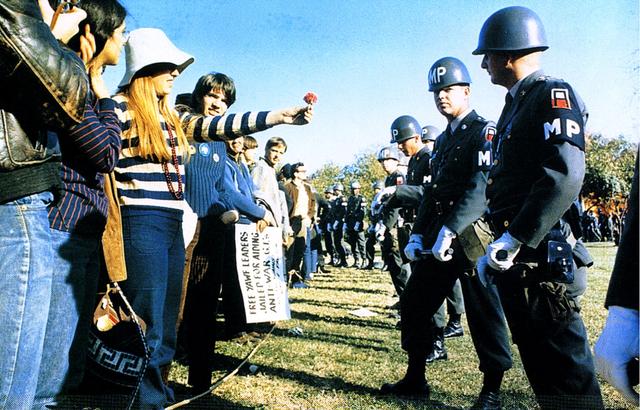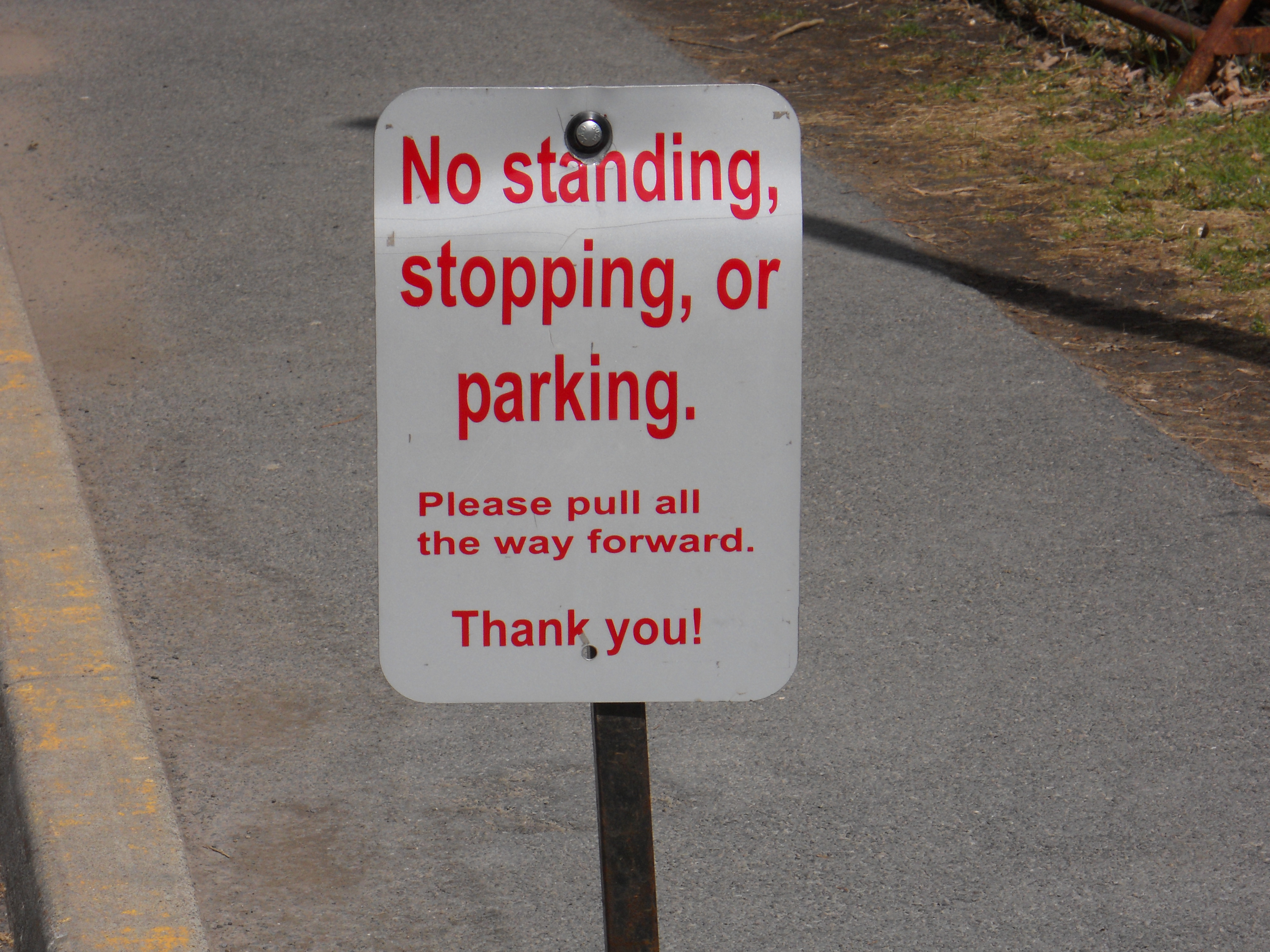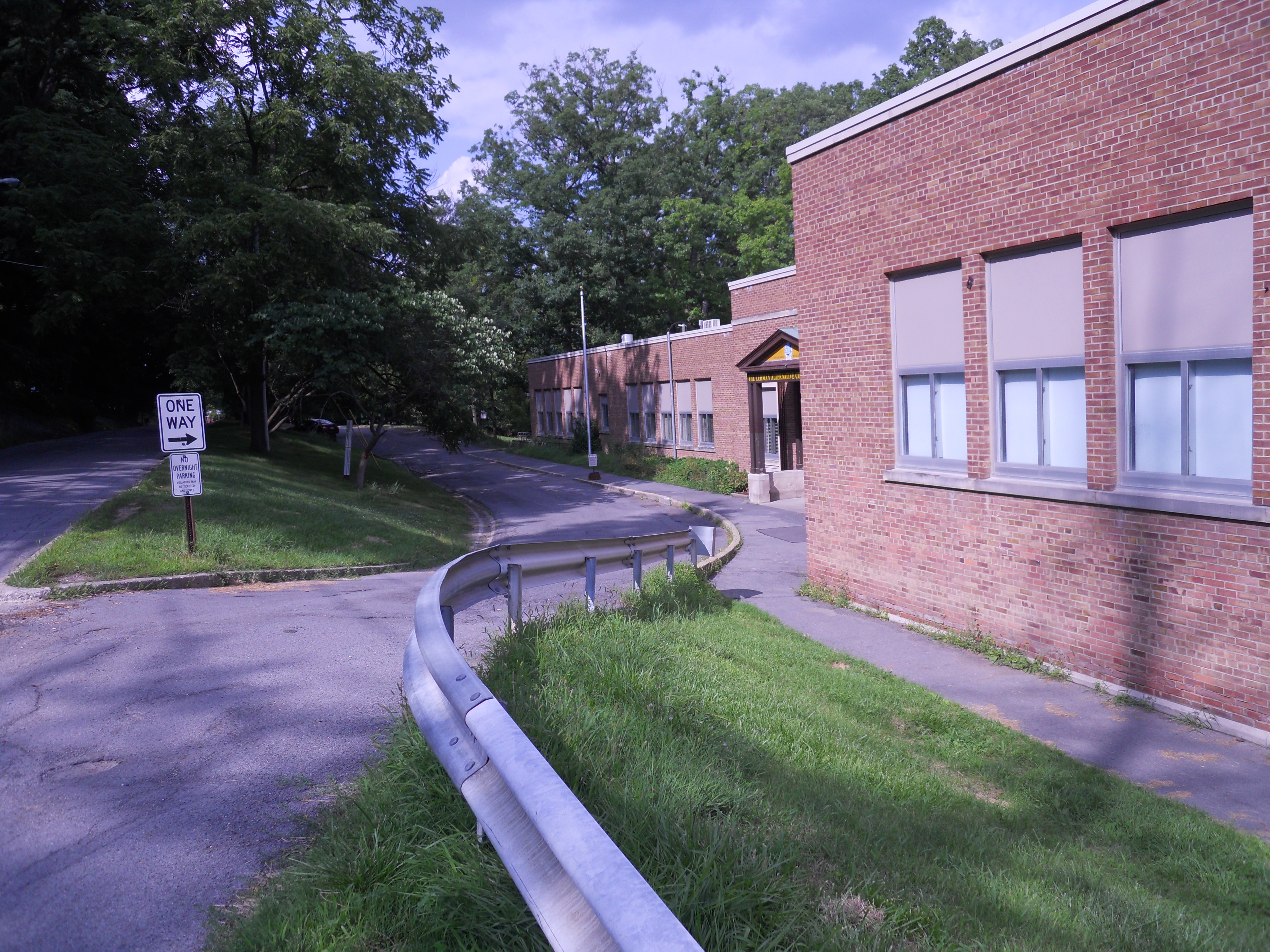For most of my childhood, my family lived in a house in Queens, New York, which is a suburb of NYC on Long Island. There was still a feel, where I lived, not just of suburbs but of the declining remains of a rural area. There were many trees. We were one block away from a huge golf course, with a lake and hills, where I ran with my dog, played football with my friends, and went sledding in the snow. It was quite a privileged and protected life.
I used to write all sorts of stories for myself. One fall, at the age of 6 or 7, I borrowed a little wagon from a neighbor. I invited 2 or 3 friends or relatives to hop on the wagon and took them on a guided adventure through my backyard. The adventure was partly a story I invented and narrated, partly theatre, partly a miniature midway ride. I had such a good time, I repeated it until there were no more customers and winter closed down the midway.
While my love of writing started in my early childhood, until recently, I thought of it only in terms of fiction. As I got older, I realized the motivation behind my writing was not just to entertain, but also to feel inspired. I loved the heady joy of pulling ideas, images, and feelings together. It was so alive. I felt that I had something worthwhile and meaningful to say and to give. In other words, creative writing had the power to teach. The only thing I was unsure of was whether teaching had the power of creation.
And I discovered that it did. After college, I joined the Peace Corps, in Sierra Leone. As a teacher, I felt respect from my students. What I was doing mattered to them. So I wanted to do it even more when I returned to this country. I found this again in other teaching jobs, most notably at the Lehman Alternative Community School in Ithaca, NY. Part of my childhood desire was met. Now that my book, Compassionate Critical Thinking: How Mindfulness, Creativity, Empathy and Socratic Questioning Can Transform Teaching, is being published by Rowman & Littlefield, the other half of my yearning is about to come true. It is not a novel, but certainly describes a creative approach to teaching.
When you teach, you hold the hearts and minds of students in your hands. You have this amazing opportunity that you just can’t ignore and dread disappointing. You can take students on the greatest adventure imaginable—into the depths of their own minds and hearts. You can show them that there are these depths unrecognized in many schools, or maybe unrecognized since they were small and inspired children. You can show them how valuable and important they are. Show them the joy of play in PE, the miracles of nature in science, the creative spirit in literature, and in social studies classes, show the great diversity of possible ways of living and the importance of relationships, .
My book describes and illustrates methods to use in teaching as well as an overall conceptual framework for understanding the way the mind and heart can work together— to take in more of what’s around you and think more clearly and critically. Critical thinking is fueled by caring and feeling, and guided by mindful awareness to focus attention, and notice, formulate, and ask questions. Compassion and imagination help you understand and explore diverse perspectives and let go of distorting judgments.
When you quiet the mind by accepting, caring for and valuing it, you hear the world more distinctly. You hear what your own body is saying and how to befriend your emotions. The world is not at a distance but at your fingertips, or is your fingertips. What you think is right to do is evaluated more clearly. You feel more joyful, your life more meaningful, your relationships with others more conscious and honest. Now that is a worthwhile adventure to undertake—that is a way of teaching.
*The release date for my book was delayed a few days, but the book launch in Ithaca, at LACS, on Thursday, October 13, at 7:00, will go on as planned–I hope. There will also be a book talk on Saturday, October 22, at Buffalo Street Books, at 3:00 pm. I hope you can come.

